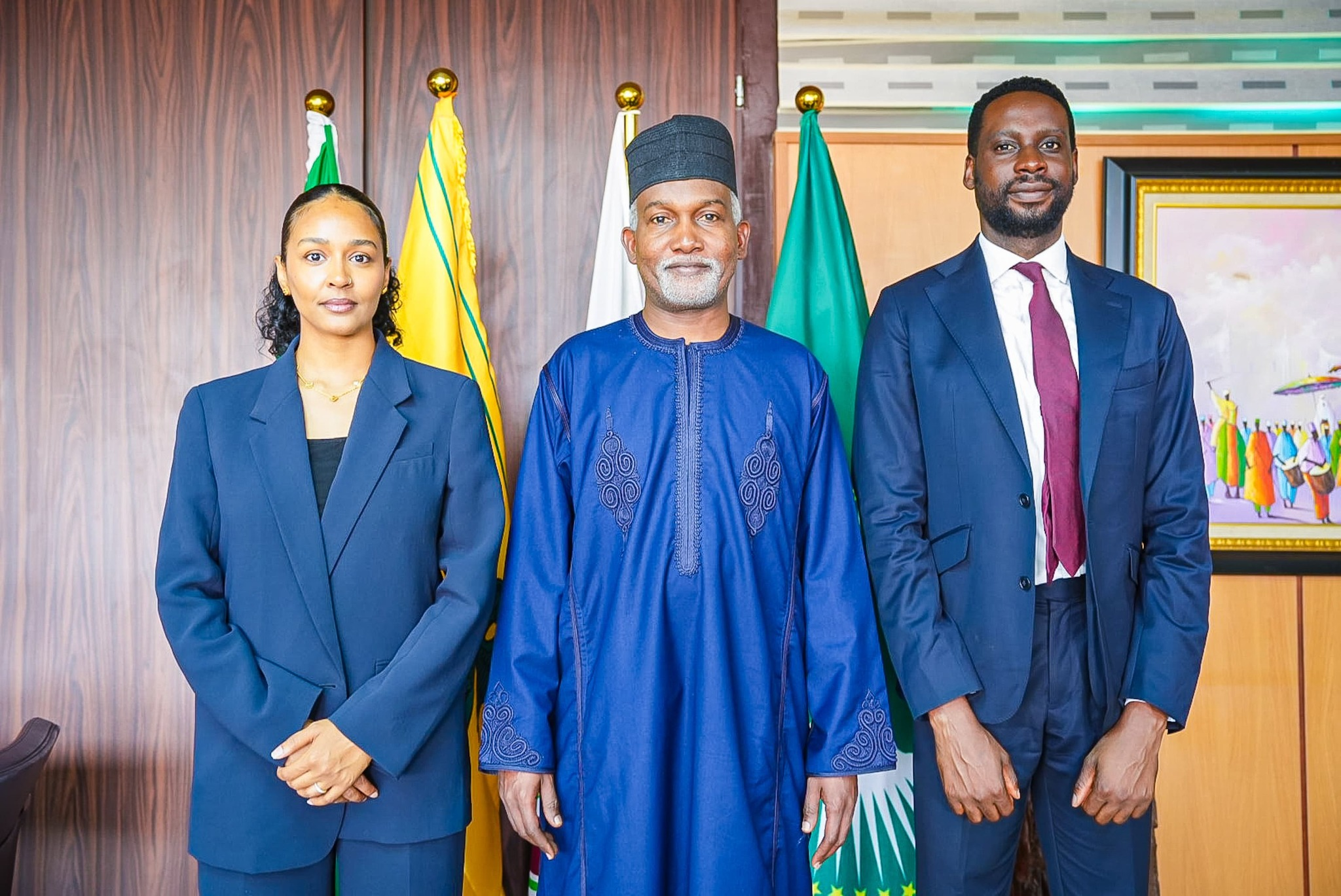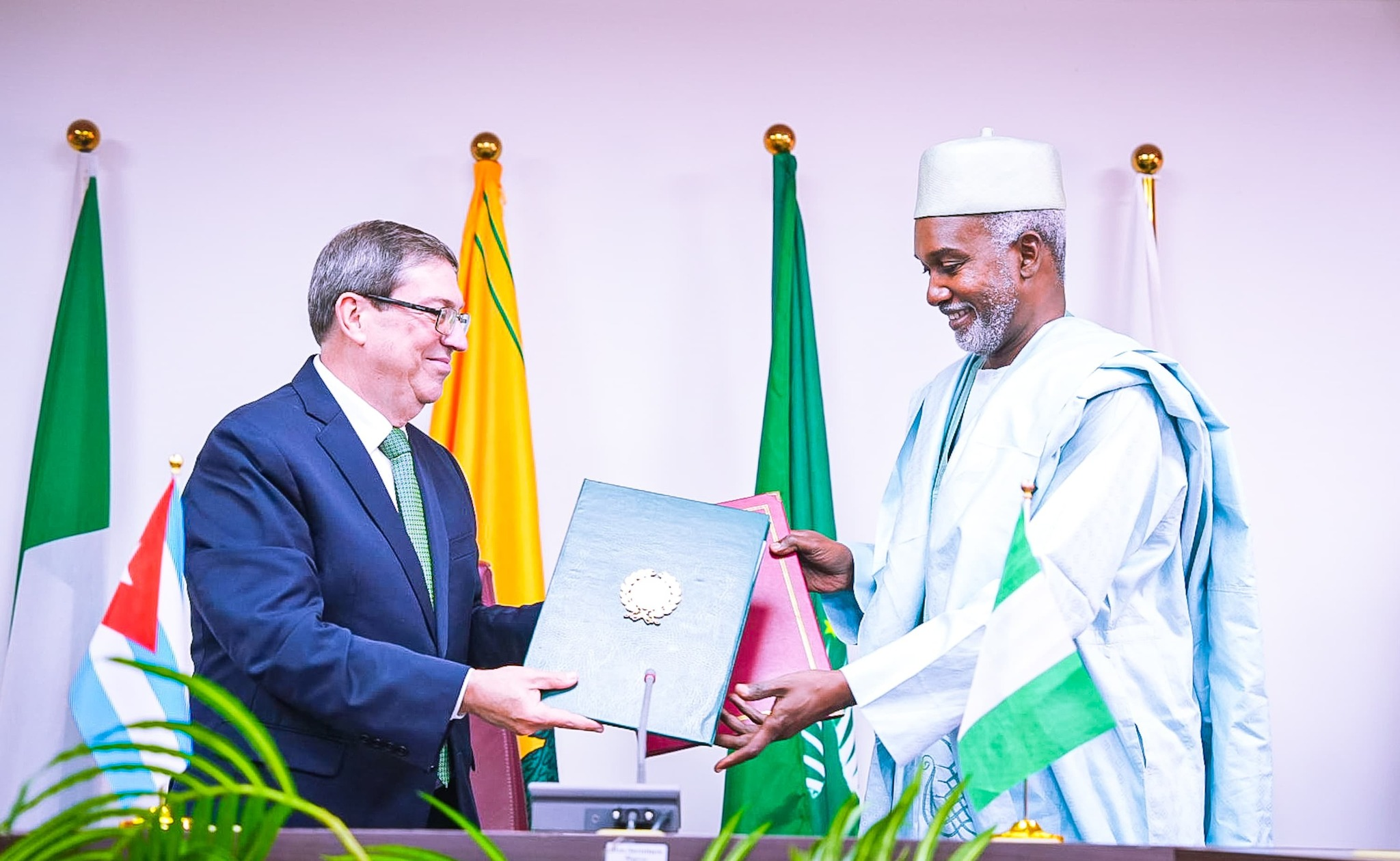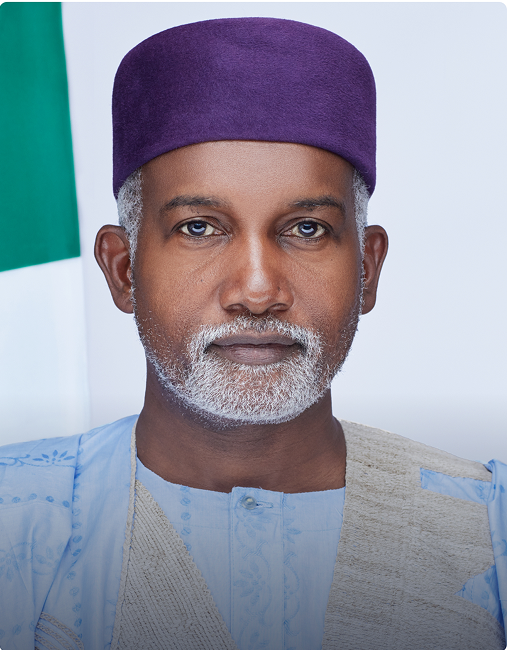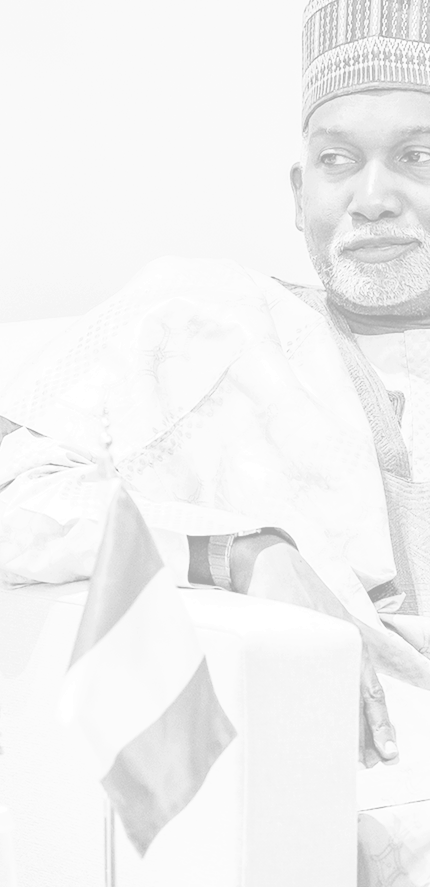
May 13, 2025
Regional Partnership for Democracy (RPD) Stakeholder Engagement Strategy Programme briefing by the Honourable Minister of Foreign...

May 08, 2025
The Honourable Minister of Foreign Affairs, Amb. Yusuf Maitama Tuggar, today received Mr. Chido Dickson Munyati, Head of Regional Agenda,...

March 18, 2025
The Honourable Minister of Foreign Affairs, Amb. Yusuf Maitama Tuggar had a bilateral meeting with the Foreign Minister of the Republic of...


Under the visionary leadership of His Excellency, President Bola Ahmed Tinubu, Nigeria is charting a bold and progressive course in global diplomacy. As Minister of Foreign Affairs, I am deeply committed to advancing Nigeria's national interests, protecting the welfare of our citizens abroad, and fostering strategic partnerships that drive national development.
The Ministry remains steadfast in its mission to promote peace, security, and economic prosperity through dynamic and proactive diplomacy. We will continue to engage with the international community to attract investment, enhance trade, and position Nigeria as a leading voice on global issues. Most importantly, we are dedicated to serving and supporting Nigerians, both at home and across the diaspora, ensuring their rights and interests are safeguarded wherever they may be.
This website serves as a gateway for information, engagement, and collaboration. I encourage you to explore our initiatives, stay informed about our foreign policy priorities, and join us in building a stronger, more prosperous Nigeria on the global stage.
Amb. Yusuf Maitama Tuggar OON
Honourable Minister of Foreign Affairs Federal Republic of Nigeria